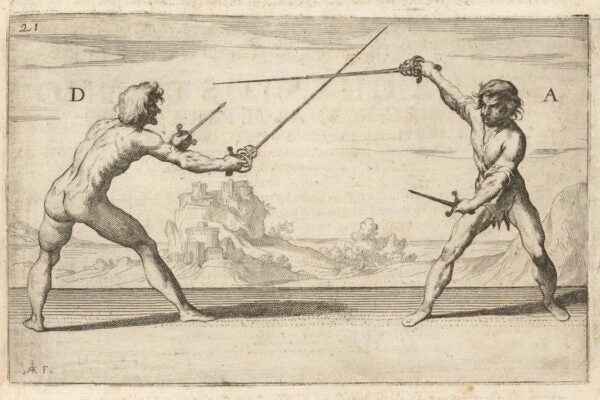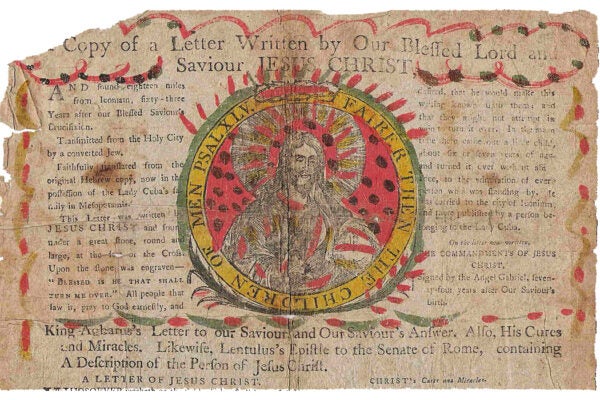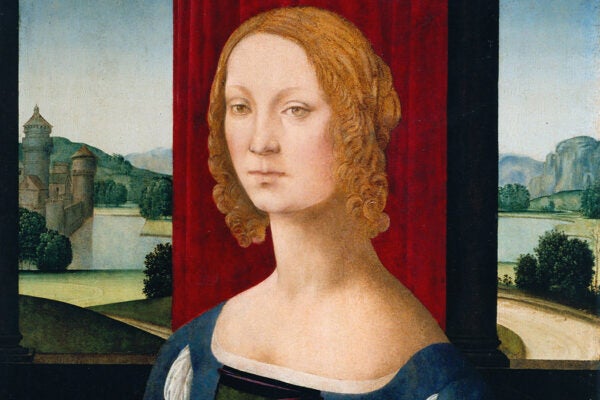The Lessons of Due Process in Julius Caesar
Shakespeare's tragedy offers a telling parable about the administration of justice—and rife mishandling thereof—in our day.
Enchanting Imposters
Johns Hopkins University’s Bibliotheca Fictiva Collection of Literary and Historical Forgery shows that humans have been creating fan fiction and fake news for millennia.
The Wild West of Papal Conclaves
In the sixteenth and seventeenth century, the death of a pope led to all sorts of chaos, from the destruction of art to armed violence in the streets.
The Fencing Moral Panic of Elizabethan London
In Elizabethan England, it seemed like everyone was carrying a sharpened object with the intent to inflict damage.
Himmelsbriefe: Heaven-Sent Chain Letters
For more than a thousand years, people have used letters allegedly written by Christ as both doctrinal evidence and magical charms.
Autopsy of a Saint
In the late thirteenth century, followers of the Italian abbess Clare of Montefalco dissected her heart in search of a crucifix.
Did Caterina Sforza Flash an Army?
According to legend, Sforza lifted her skirts to show her adversaries that she had the body parts to make more children. But why?
Sinners in the Hands of an Angry God: Annotated
Jonathan Edwards’s sermon reflects the complicated religious culture of eighteenth-century America, influenced not just by Calvinism, but Newtonian physics as well.
John Donne’s Listicle For the Well-Prepped Courtier
“The Courtier’s Library” is a list of books every courtier should know about, a cheat sheet for name-dropping in society. The trouble? Its books are imaginary.
Nostalgia for Manly Men in Seventeenth-Century Spain
Moralists found it easy to criticize Spanish men, particularly the high-born among them, for all sorts of supposed failures of masculinity.









